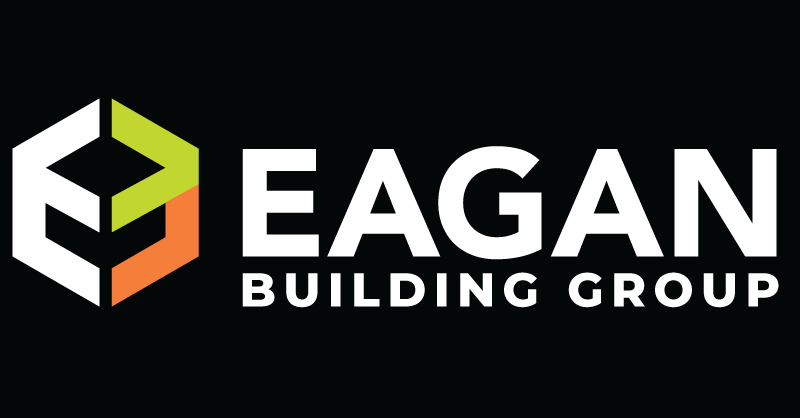Midwest winters are relentless, freeze–thaw cycles, heavy snow, and ice will expose every vulnerability in your building. The steepest emergencies aren’t caused by storms; they strike when checklists are skipped. This guide gives you a focused, practical plan for roofing/exteriors, plumbing, HVAC & energy, grounds, and emergency readiness to ensure you winterize thoroughly. Act early or risk costly surprises as the weather shifts suddenly.
1) Exterior & Roof — Stop Water and Ice Before They Start
- Inspect the roof for weak spots, holes, punctures, and other damage.
- Clear gutters, scuppers, and downspouts to keep meltwater moving and prevent ice dams.
- Inspect the facade for cracks, especially around doors and windows; repair failed sealant.
- Seal gaps with appropriate sealants/foam to block cold air and moisture.
- Stock snow-removal tools and de-icing supplies well before the first storm. Avoid rock salt on concrete where it can cause damage; use sand for traction and consider concrete-friendly de-icers per manufacturer guidance.
- Create a roof snow/ice monitoring plan with clear triggers and safe removal methods.
2) Plumbing & Outdoor Water — Freeze Protection Essentials
- Shut off and drain exterior hose lines; add insulated covers to exposed faucets before the first freeze.
- Protect/insulate exposed piping in unconditioned areas (utility rooms, docks, soffits) to prevent frozen/burst pipes.
- Document and post shutoff locations and create a quick-action guide for staff who may need to access them.
3) Grounds & Landscaping — Prep to Reduce Winter Damage
- Shut off and winterize irrigation systems (including backflow assemblies).
- Inspect drainage channels and site inlets to keep runoff moving.
- Protect landscaping with fresh mulch and pruning before the first storms.
- Stage snow-removal tools and de-icing supplies at walkways, entrances, and parking areas for fast access.
4) HVAC & Interior — Comfort, Reliability, and Energy Control
- Schedule professional preventive maintenance before temperatures drop.
- Change filters; check belts, dampers, and verify exhaust systems are operating correctly.
- Optimize VAV setpoints: consider 60–65°F supply/space strategies to reduce reheat energy, as appropriate for your BAS and occupancy.
- Inspect insulation (including hard-to-reach areas) to eliminate cold spots.
- Seal air leaks to cut infiltration and protect perimeter piping.
- Use programmable thermostats to lower temperatures during unoccupied hours.
- Maintain at least 55°F in unused/low-traffic areas to help prevent pipe freezing.
5) Emergency Preparedness — Keep Operations Running
- Plan for power outages: ensure an on-site generator has been recently inspected/tested and is ready for load.
- Stage emergency supplies (flashlights, batteries, first-aid kits, ice melt, shovels) where staff can reach them quickly.
- Create a call tree and responsibilities grid for storms, outages, and freeze events.
- Pre-arrange vendor support for snow removal and emergency repairs with clear response times.
Take action now: schedule your winterization walk-through from roof to boiler room today. Address drains, plumbing, HVAC, and emergency readiness immediately to prevent breakdowns, protect tenant comfort, and avoid downtime. Stay focused on operations, not emergencies, this winter.

